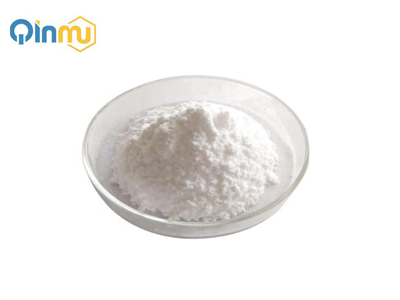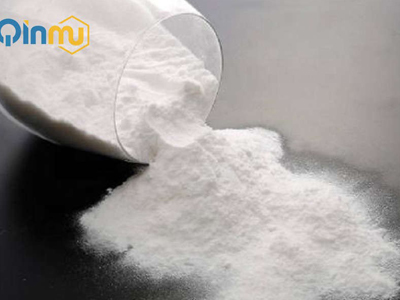Pharmaceutical Intermediates Market Overview
- 20 Feb, 2023
- 2952 views
The studied pharmaceutical intermediates market is expected to grow at a CAGR of nearly 5.3% during the forecast period (2022 - 2027).
Pharmaceutical intermediates are critical to reducing the COVID-19 pandemic and will continue to be the basis for preventing further waves of this pandemic and future outbreaks of infectious diseases. According to a study published in the 2020 Journal of Pharmacology and Translational Science of the American Chemical Society, new potential therapies for COVID-19 were identified using a combination of virtual and experimental screening strategies.
In addition, they selected from drugs already in use and performed checks to examine structural similarities with a library of nearly 4,000 drugs already in use, with hydroxychloroquine (HCQ) serving as the reference drug. The study recommended raltegravir and famipiravir therapy as prospective adjuvants for the treatment of COVID-19, as well as zocolchlorothiazide, nebivolol, and amodiaquine as potential candidates for early clinical trials against SARS-CoV-2 infection. As a result, the market for pharmaceutical intermediates is likely to increase during and after the covid pandemic. As a result, the market is expected to grow in the coming years.

Specific factors driving the market growth include the increasing prevalence of chronic diseases and the growing research and development programs and activities of the pharmaceutical industry. Given that these pharmaceutical intermediates are used for the treatment of cancer detection and various chronic diseases, the rising prevalence of chronic diseases is expected to drive market expansion in the areas under study. For example, according to key facts on non-communicable diseases released by the World Health Organisation in April 2021, chronic diseases cause approximately 41 million deaths annually, accounting for 71% of all deaths globally. The high mortality rate from these diseases increases the need for early interventions, which in turn drives the expansion of the market.
The market is expected to grow due to the rising prevalence of respiratory diseases such as lung cancer and chronic obstructive pulmonary disease (COPD). For example, in its January 2022 update entitled "Chronic Obstructive Pulmonary Disease (COPD)", the World Health Organization states that chronic obstructive pulmonary disease (COPD) is the third most common cause of death globally. Nearly 3.23 million people will die from it in 2019, with more than 80% of these deaths occurring in low- and middle-income countries (LMICs). The increased prevalence of COPD has created a need for effective treatment of the disease. Therefore, the increasing prevalence of the disease is expected to fuel the market growth.

Surge in the use of advanced technologies such as high-throughput, bioinformatics and combinatorial chemistry to better identify drug candidates The discovery and development of new drugs for the treatment, prevention or cure of multiple diseases, including cancer, diabetes, cardiovascular disease and chronic kidney disease, is being hampered by the significant rise in the prevalence of diseases globally. According to PETERSON-KFF Health System Tracker data released in February 2022, healthcare spending in the United States increases by 9.7% to $4.1 trillion in 2020, well above the 4.3% increase in 2019.
The budget increases by 36.0% in 2020, partly due to the COVID-19 pandemic, which is responsible for the acceleration. In addition, increased investment in R&D is a key driver of market expansion. For example, JSR Life Sciences launched a corporate venture fund in March 2021 to focus on small and developing biotechnology to attract customers to its range of life sciences services. According to information released by the Congressional Budget Office in 2021, pharmaceutical companies are spending $83 billion on R&D in 2019. As a result, the use of pharmaceutical intermediates is expected to grow steadily as a result of increasing R&D activity in the pharmaceutical industry.
- Category:
- Arts & Culture
- No comments


